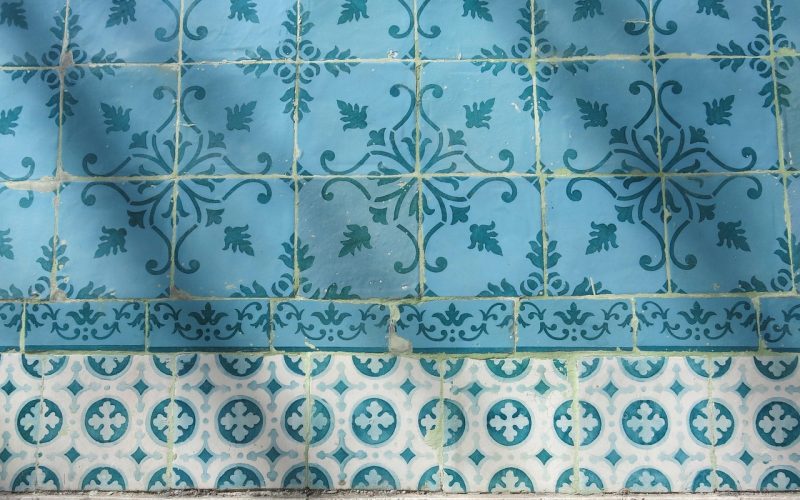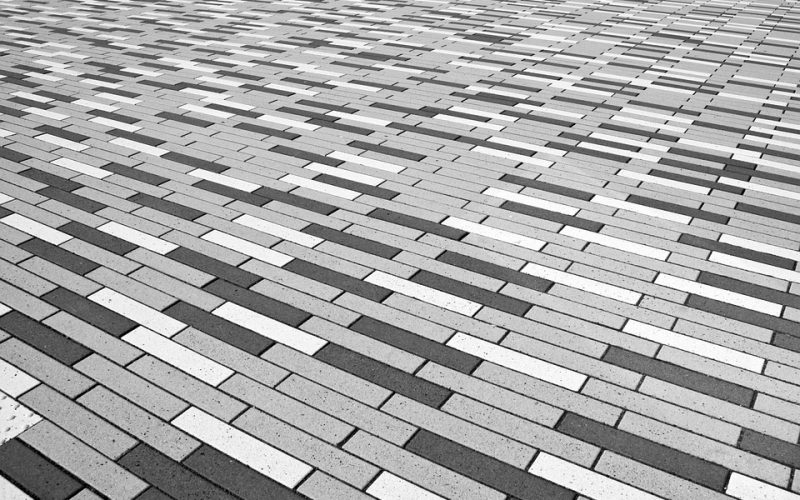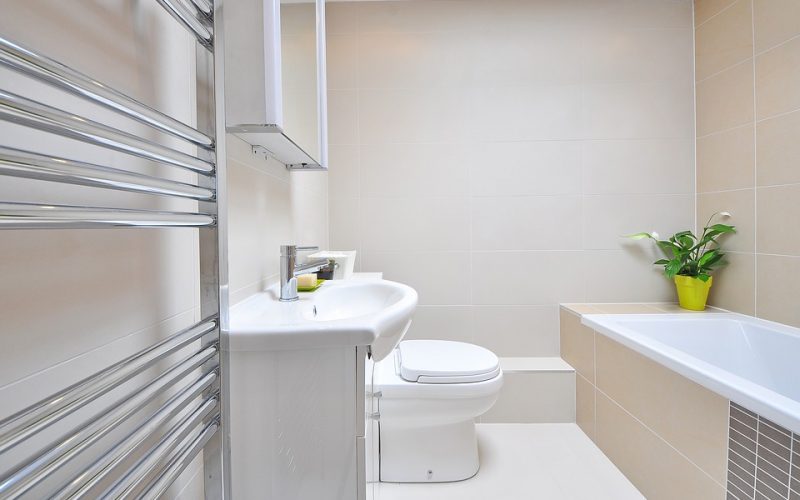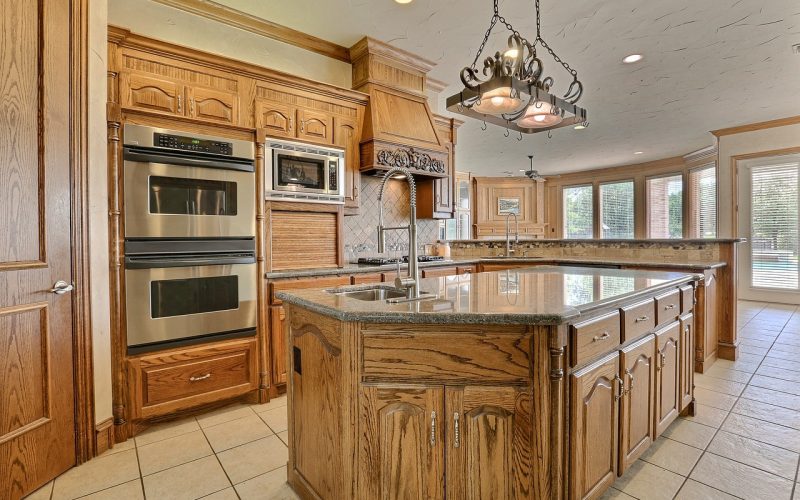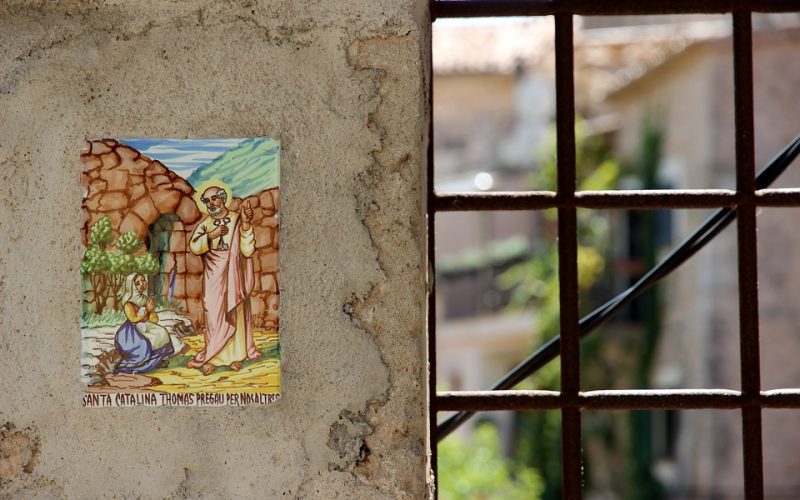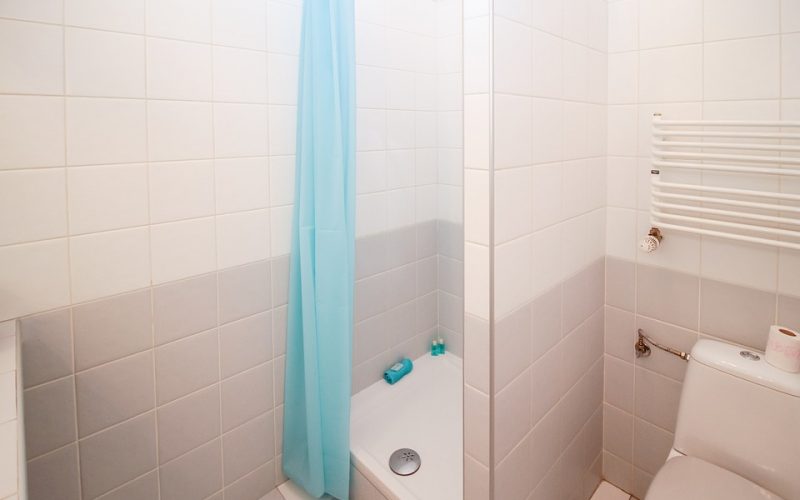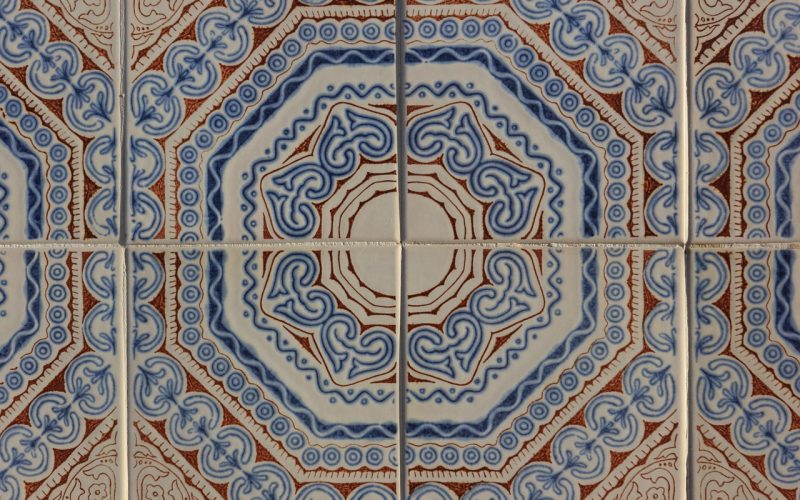The Origins of Ceramic Tile Production
Ceramic tile production is an ancient craft that has transcended centuries, combining fine craftsmanship with innovative techniques. It all starts with the primary ingredient, kaolin clay, also referred to as china clay. This natural material, known for its fine particles and purity, forms the foundation of most ceramic tiles. Kaolin clay has been prized for its ability to deliver strength, durability, and a smooth texture to ceramic products. The process of transforming raw clay into eye-catching tiles is intricate, requiring a blend of science, artistry, and precision.
Ceramic tile manufacturing today is far more advanced, driven by increased demand for versatile designs and high-performance finishes. Factories use specialised equipment, modern techniques, and quality control to achieve consistency while ensuring unique results. While traditional methods remain relevant, contemporary production reflects technological ingenuity, particularly in how kaolin clay is processed.
Preparation of raw materials
The process of making ceramic tiles begins by sourcing and preparing the raw materials. Kaolin clay, alongside other materials like feldspar, silica, and water, is carefully selected. These ingredients are refined to achieve the perfect consistency for ceramic tile production. The raw clay is tested to ensure it contains the right proportions of minerals and does not have impurities that might affect the final product quality.
Once tested, the raw materials are pulverised and mixed with water to create a uniform slurry or wet mixture. This process is essential for blending and ensuring the consistency necessary to produce tiles with strength and durability. Advanced machinery is used to achieve a fine, smooth mixture that will shape into tiles without cracks or defects.
Forming ceramic tiles
After preparing the clay mixture, the next step is the forming process. This is where the raw materials begin to take the shape of ceramic tiles. Depending on the manufacturing setup, this step may involve shaping the tile through extrusion, pressing, or casting methods. Pressing is a commonly used technique in which the clay mixture is placed in a mould and compacted under high pressure to form the desired tile shape.
Another approach involves extrusion, where the clay mixture is pushed through a die to create elongated forms that are then cut into tiles. Both processes ensure the clay composition retains its density and structure, important for withstanding eventual firing and glazing. At this stage, products are also customised for specific sizes and designs, preparing them for later refinement.
Drying and firing the tiles
Once the tile shapes are formed, they go through a drying phase. Removing excess moisture from the tiles is critical for preventing deformation during firing. The drying process is typically conducted in climate-controlled chambers to ensure uniformity. Any retained moisture can lead to cracks or inconsistencies, compromising the tile's structural integrity.
The dried tiles are then fired in a kiln under extremely high temperatures, often reaching up to 1200°C. Firing hardens the tiles, making them resistant to wear and enhancing their durability. This step vitrifies the kaolin clay, giving the ceramic its strength and making it suitable for various applications, whether for flooring, walls, or countertops.
Adding glazing and finishing touches
Glazing is a crucial step in ceramic tile production that adds both aesthetic appeal and practical advantages. A glaze, made from finely ground minerals and pigments, is applied to the surface of the fired tiles. This coating not only enhances the visual appeal with rich colours and textures but also provides a protective layer that makes the tile resistant to stains, water, and abrasions.
Tiles may undergo a second round of firing, known as glaze firing, to bond the glaze securely to the tile surface. For modern designs, digital printing technology can also be employed to replicate intricate patterns, textures, or natural stone appearances on the tiles. This blend of traditional glazing with innovative design opens up endless possibilities for producing bespoke ceramic tiles to suit diverse tastes.
Final quality checks and applications
The production process isn't complete without rigorous quality checks. Each tile is subjected to tests for strength, resistance to wear, colour consistency, and dimensional accuracy. These measures ensure that the end products meet industry standards and customer expectations. The tiles are then sorted, packed, and distributed for sale.
Ceramic tiles are valued for their versatility, whether used in homes, offices, or commercial spaces. They offer benefits such as easy maintenance, durability, and a wide range of designs, making them a timeless choice. The intricate production process, powered by materials like kaolin clay, ensures every tile combines functionality with aesthetic appeal, standing the test of time in both design and reliability.
